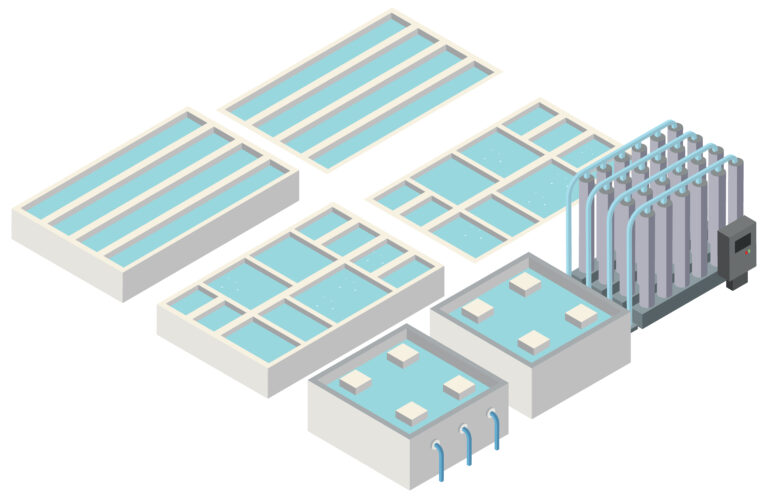-
0 Comments
The Evolution of Water Infrastructure: Past, Present, and Future

The Importance of Water Infrastructure
Water infrastructure plays a critical role in sustaining communities, industries, and economies. As populations grow and climate change intensifies, the need for efficient and resilient water systems has become increasingly urgent.
Business and Industry Impact
Aging infrastructure leads to inefficiencies, increased operational costs, and service disruptions. Businesses that depend on reliable water supply—such as manufacturing, agriculture, and utilities—face significant challenges when systems fail.
Historical Challenges
Aging Systems
Many water networks were built decades ago and require costly maintenance.
Water Loss
Leaks, pipe bursts, and outdated technology contribute to significant non-revenue water losses.
Environmental Impact
Inefficient water systems lead to excessive resource use and pollution.
Data Insights
According to industry reports, some cities lose up to 30% of their treated water due to outdated infrastructure, resulting in billions of dollars in wasted resources annually.
Modernizing Water Infrastructure
Advancements in technology have led to more efficient and sustainable water management practices. These include:
Smart Sensors & IoT
Real-time monitoring detects leaks and irregularities instantly.
AI & Predictive Analytics
Advanced algorithms help prevent failures before they occur.
Automated Water Controls
Remote adjustments optimize efficiency and reduce waste.
Who Benefits?
Municipalities
Lower operational costs
Improved service reliability
Enhanced resource sustainability
Industries
Reduced water bills
Greater compliance with environmental regulations
Increased operational efficiency
Consumers
Stable water pricing
Fewer supply disruptions
Enhanced water quality
How to Implement It
Conduct a Water Audit
Select Smart Technologies
Integrate with Existing Infrastructure
Train Staff & Monitor Performance
Conclusion & Next Steps
Real-time monitoring enhances water efficiency by providing immediate insights into usage patterns and system performance. By leveraging predictive analytics, utilities can identify potential issues before they escalate, effectively preventing costly leaks. When combined with modern infrastructure, these technologies can lead to a significant reduction in water loss—by as much as 40%—helping to conserve resources and reduce operational costs.
Contact Phoenix Water Solutions today to explore customized water efficiency solutions!
